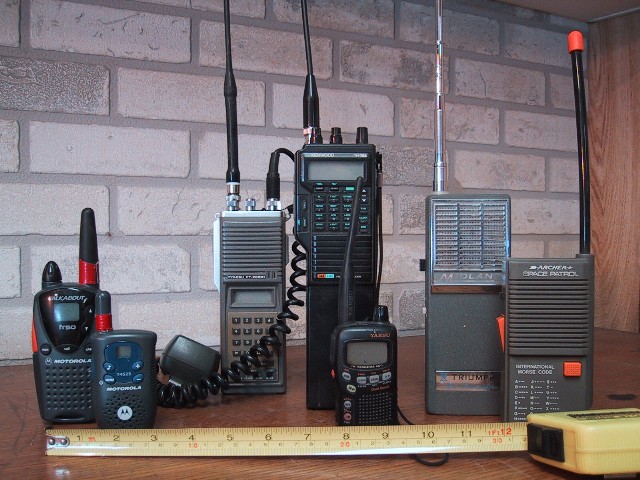How To Talk On A Radio
Published (updated: ).

Speaking on a radio is a skill that nearly all EMS personnel possess (some better than others). What makes speaking on a radio different from talking on the phone is that radios are typically only capable of simplex transmission. Two way communication with a radio is based on one person transmitting and the other person receiving. Two radio operators cannot speak at the same time (unless the radio system is capable of ‘duplex’ transmission). Talking on a radio takes practice and ongoing monitoring of radio traffic to get a feel for the flow of the patterns of human communication over the radio.
When speaking on a radio, one should keep these principles in mind:
- Make sure the radio is on and the volume is properly adjusted.
- Listen to the frequency and ensure it is clear before beginning a transmission.
- Press the ‘press to talk’ (PTT) button on the radio and wait one second before speaking. The delay is often necessary for the radio to ‘hit’ the repeater.
- Speak with lips about 2 to 3 inches from the microphone.
- Address the unit being called, then give the name of the unit (despite the observation that this is often done backwards). Dispatch this is Med One or Med One to Dispatch.
- The receiving unit needs to signal that they are ready to receive the transmission. Med One this is Dispatch, Go Ahead.
- Speak Clear and in a monotone (calm) voice.
- Keep the transmission brief.
- Use clear speech. This is best accomplished by thinking about what to say before it is said. This is especially important when transmitting to the hospital.
- Avoid meaningless phrases like, ‘be advised‘. Courtesy is assumed and not required over the radio.
- When transmitting a number, give the number, then the individual digits. 120 can be spoken as one two zero.
- Never give a name. Airwaves are public domain and can be monitored by third parties.
- EMS personnel should remain objective and impartial in describing patients to the hospital.
- EMS personnel should not use profanity over the radio.
- “Yes” and “no” should be replaced with “affirmative” and “negative“.
- When transmitting a patient report over the radio, use a standard format. Unit Name, Unit Level, ETA, Age, Sex, Complaint, Observations, ETA (again)
- When the transmission is finished, indicate this with the word “over”.
- When transmitting to the hospital, avoid offering a diagnosis of the patients’s problem.
- Reduce background noise by moving to a quieter location to make the call. The back of the ambulance is loud, but quiet enough to make a good report over the radio.
Radios Need Love Too
Communication equipment needs to be routinely checked to ensure the radio is not drifting from it’s assigned frequency. It is not uncommon for an EMS crew to arrive at a base station and confirm the radios and other communication equipment are transmitting properly. As technology changes, new equipment will be available to EMS. As new equipment is promulgated by EMS, EMS providers will have to learn how to use the equipment properly.
Cell Phones Are Often Used In Place of Radios
When communicating with a hospital over a cell phone, EMS should still refrain from giving sensitive information as they would over the radio. If a cell phone is used, EMS will need the phone numbers to be able to contact the hospital directly. As ubiquitous as cell phones are, they have dead spots just like a radio. In some situations, radios will be more efficient than cell phones. Many EMS personnel prefer to use cell phones over radios.
